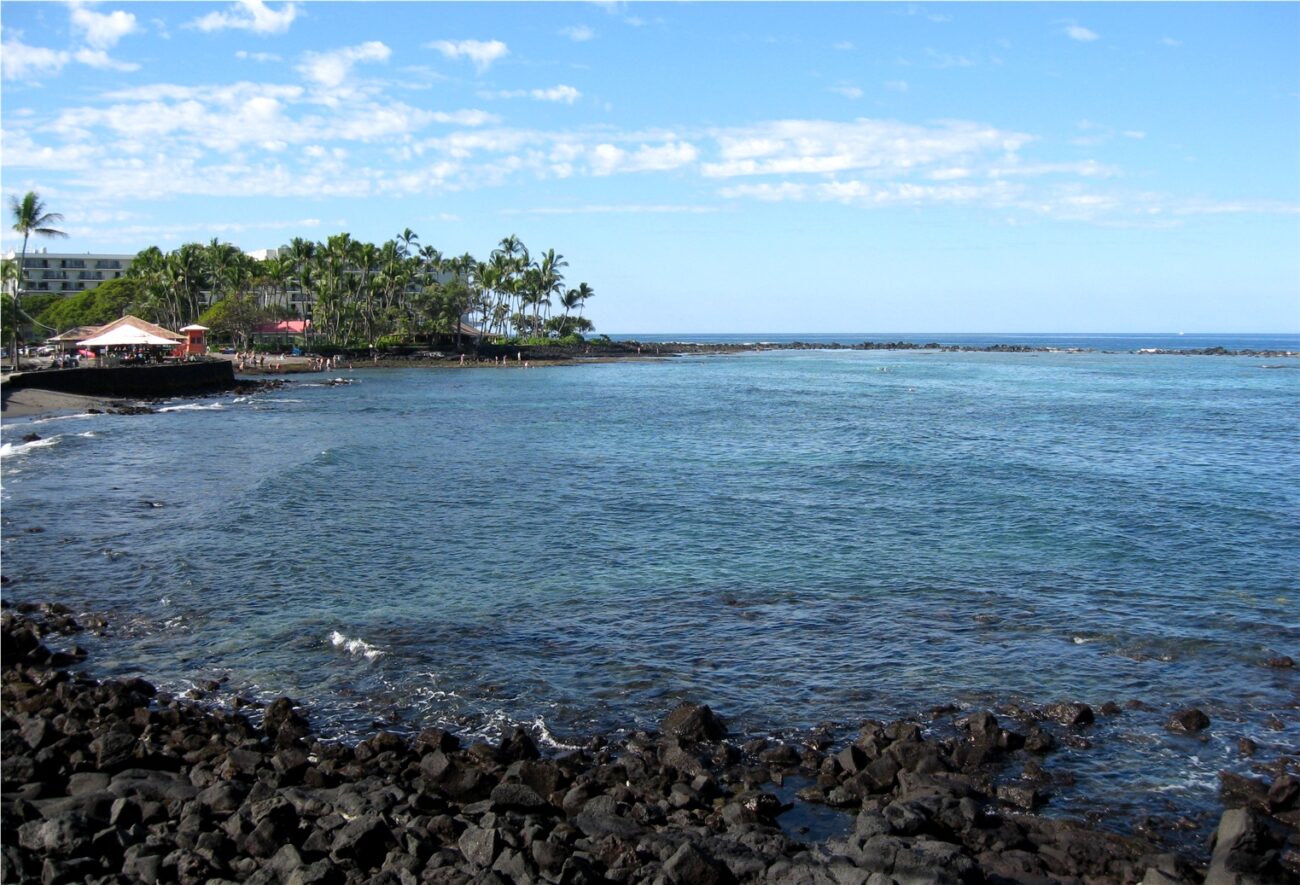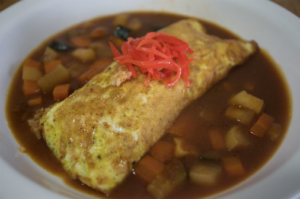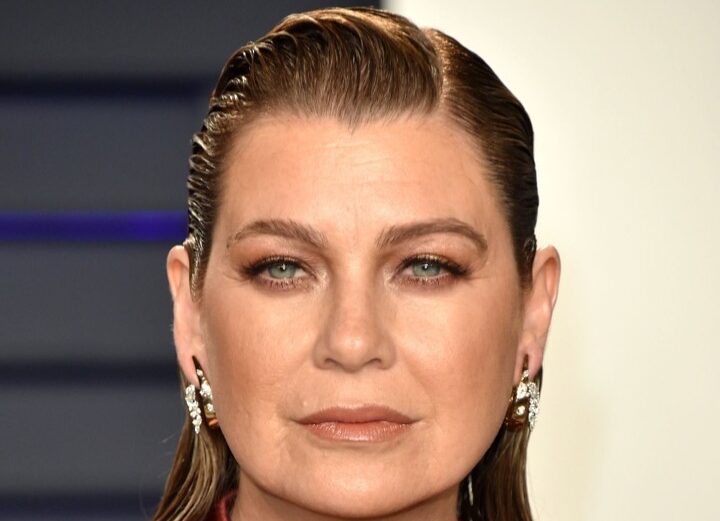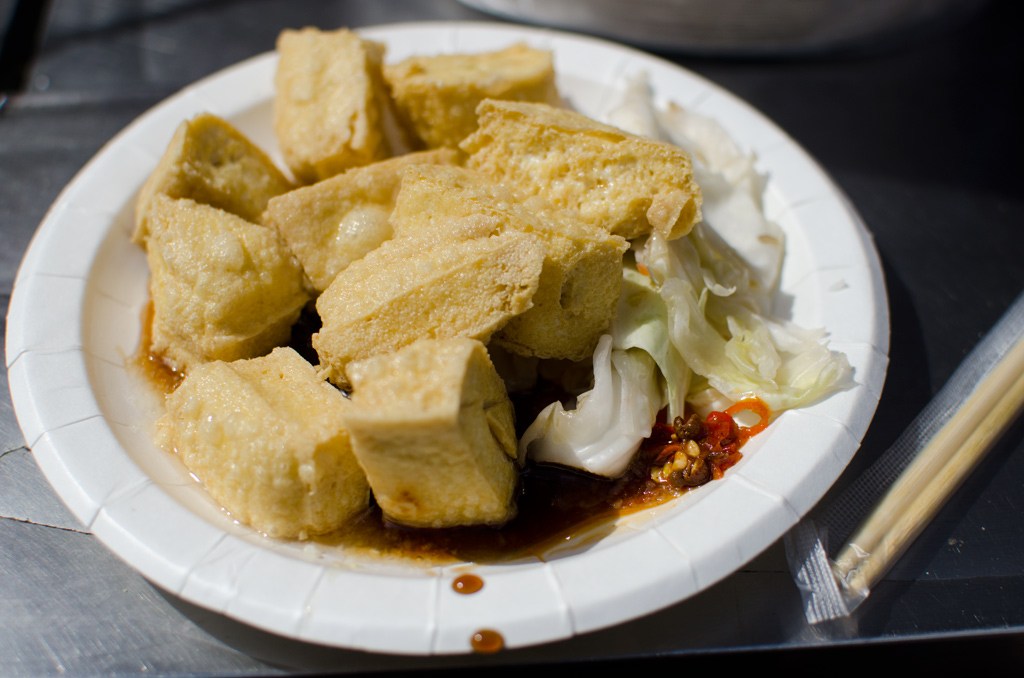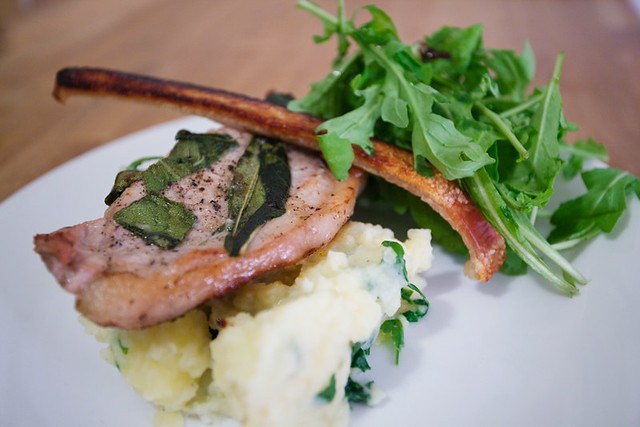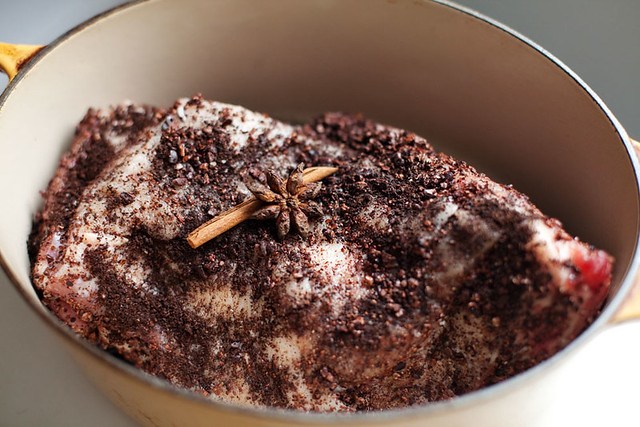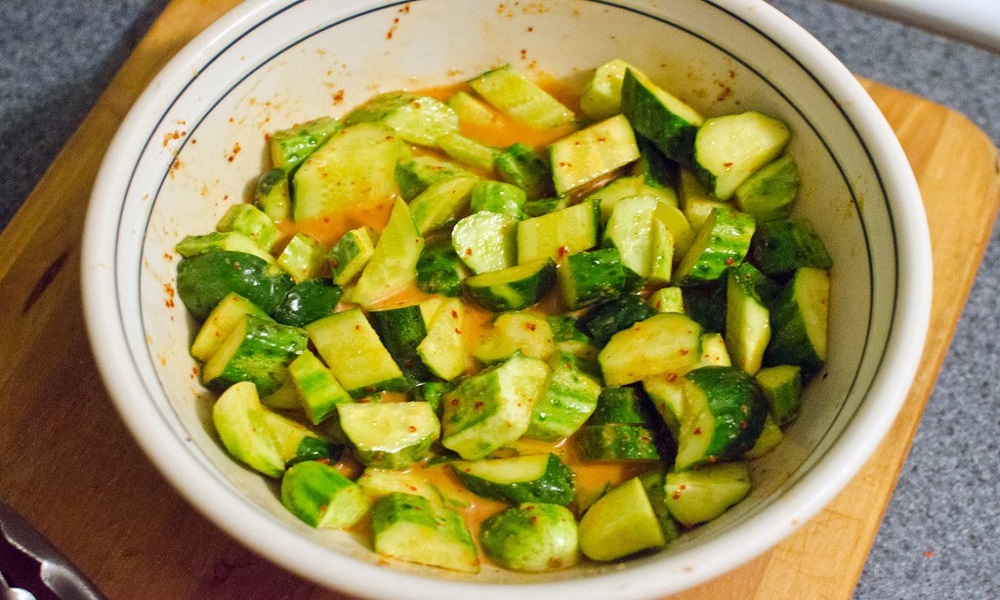The postcard-perfect waters of Kahalu’u Beach shimmer like liquid turquoise against Oahu’s volcanic shoreline. Families spread colorful towels across the sand while snorkelers drift above coral gardens, chasing schools of yellow tangs through underwater forests.
Yet beneath this Hawaiian paradise lurks an invisible threat that would make even the most adventurous traveler think twice about that refreshing dip.
The Surfrider Foundation’s 2024 Clean Water Report has crowned Kahalu’u Beach as America’s most bacteria-contaminated shoreline, with 92% of water samples failing to meet state health standards. It’s the kind of plot twist that makes you question whether that “refreshing” swim was worth the potential three-day stomach saga.
This beloved snorkeling destination, where generations of visitors have marveled at Hawaii’s underwater wonders, now carries the dubious distinction of being the nation’s top “bacteria hot spot.”
When Paradise Becomes Perilous
The numbers paint a sobering picture of contamination hiding beneath Hawaii’s tourism facade. While visitors flock to Kahalu’u Beach for its calm waters and abundant marine life—qualities that make it a favorite among travelers, even if it doesn’t rank among the most unique beaches in the world—they’re unknowingly entering a bacterial soup that could leave them with more than just sandy memories.
Enterococci bacteria—indicators of fecal contamination—lurk in concentrations that regularly exceed safe swimming thresholds. These microscopic invaders can trigger gastrointestinal illness, skin rashes, and in severe cases, dangerous infections like MRSA and staph.
The culprits behind this contamination read like a recipe for disaster: stormwater runoff washing pollutants from streets and farms, aging sewage infrastructure leaking untreated waste, and agricultural runoff carrying animal waste into pristine waters.
The Hidden Cost of Tropical Storms
Rain transforms Hawaii’s landscape into a watercolor masterpiece, but it also creates the perfect storm for bacterial contamination. Each downpour washes a cocktail of pollutants from urban streets, agricultural fields, and failing infrastructure directly into the ocean.
The irony stings like sunscreen in your eyes—the very rainfall that nourishes Hawaii’s lush valleys and fills its waterfalls also delivers dangerous bacteria to beaches where families gather to create vacation memories.
Health officials now recommend avoiding swimming for at least 72 hours after heavy rainfall when bacterial levels spike to their most dangerous concentrations.
Beyond the Surface
Kahalu’u Beach’s contamination story reflects a broader crisis affecting coastal communities nationwide. The Surfrider Foundation’s testing of over 600 locations revealed that 80% of monitored beaches had at least one sample exceeding safe bacteria levels.
This isn’t just Hawaii’s problem—it’s America’s hidden health crisis, lurking beneath the surface of our most cherished coastal destinations.
For travelers planning Hawaiian adventures, the message is clear: paradise requires vigilance. Check local water quality advisories, heed posted warnings, and remember that the most beautiful beaches sometimes hide the ugliest secrets.
The dream of swimming in Hawaii’s crystal-clear waters doesn’t have to end—it just requires a new kind of awareness, one that values health as much as the perfect Instagram shot, and perhaps even inspires you to explore some fun beach inventions that can make your next visit safer and more enjoyable.


